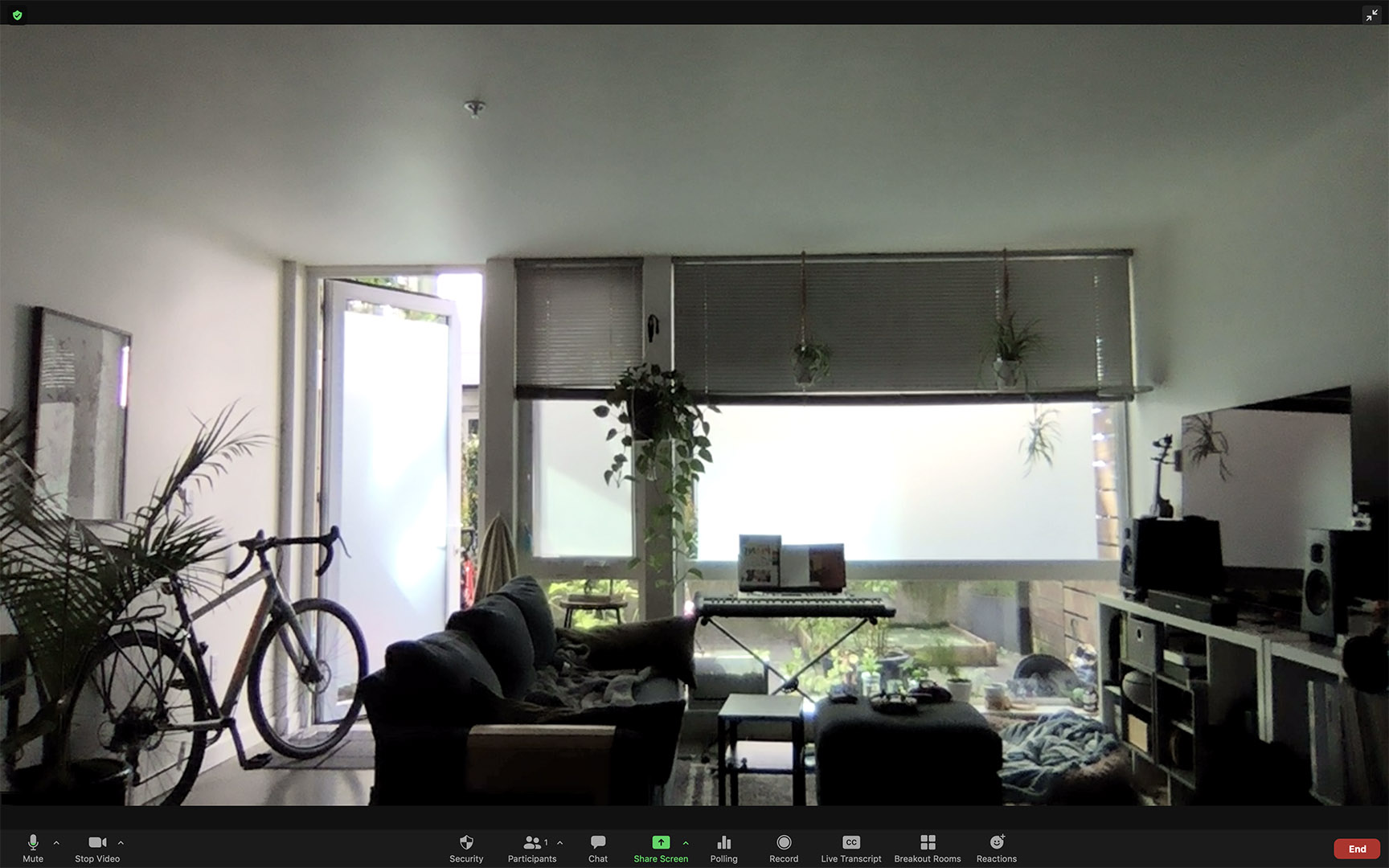20210701
Image: Tivon Rice
Voice: THE SPACE
Image: Tivon Rice
Voice: THE SPACE

READ IMAGE █
A large television screen in the corner of the living room showed a movie about a car crashing into a wall. The screen went black the moment the film was over. There was a static soundtrack.
Until the very last detail, the point at which the story takes an absurd and murderous form, the television viewer cannot help but feel that they are being regularly bombarded by images of violence, of lost lives, of ruined cities.
Yet, in destroying the meaning, it causes a diversion within the spectator’s field of vision and causes a break or discontinuity between the spectator’s position in the story. The gap, or gap between the spectator’s position and the violence they are about to experience, is thus a kind of screen-space heterotopia.
Until the very last detail, the point at which the story takes an absurd and murderous form, the television viewer cannot help but feel that they are being regularly bombarded by images of violence, of lost lives, of ruined cities.
Yet, in destroying the meaning, it causes a diversion within the spectator’s field of vision and causes a break or discontinuity between the spectator’s position in the story. The gap, or gap between the spectator’s position and the violence they are about to experience, is thus a kind of screen-space heterotopia.